The Article
Twenty5.21i Speakers from PMC
11th November 2020
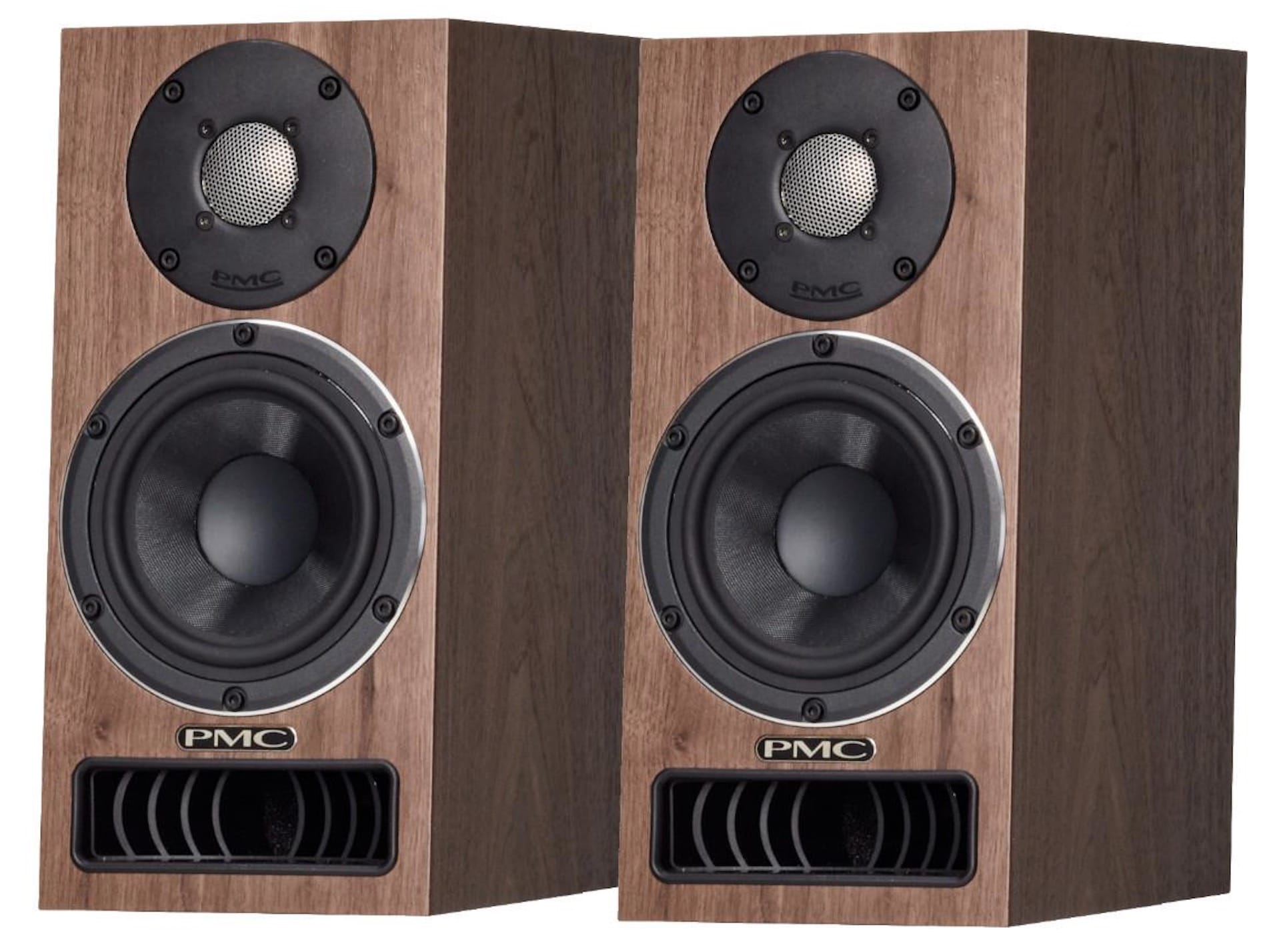
Resplendent in a compact cabinet, Paul Rigby reviews the twenty5.21i speakers
The name of these two-way stand-mounters may fulfil most of the criteria for your bank account app’s password (PMC’s predilection with type tennis is immensely irritating) but, when PMC (all CAPs) sent over the twenty5.21i (text, numerals, lower case) speakers, what I actually thought to myself was, “Yes. They are indeed lower case speakers.” Dinky. Svelte. Slim. Regular down the gym. All of that. They’re functional in appearance. That’s the twenty5.21i. Speakers I will refer to as the 21i. For reasons of sanity.
The speakers sit in a cabinet that is slanted backwards – a bit like a still from mime artist, Marcel Marceau, walking into the wind. If you check out the front-on images, in addition to the 140mm long-throw g-weave mid-bass unit with its inverted cap (see below), you will see evidence of a new high-frequency drive unit, a 19mm SONOMEX soft-dome design (see above) with a larger 34mm surround (aiding integration of the two drivers) plus dispersion grille, derived from PMC’s premium ‘fact’ speaker range.
The company talks about its new and “sophisticated” crossovers featuring thick copper tracks, mounted on “military-grade” fibre-glass boards. As an aside, ‘military grade’ is something of a mantra for companies in the hi-fi industry of late. Isn’t ‘hi-fi’ grade good enough to shout about, then? And if not, why not? Why isn’t ‘hi-fi grade’ better?
The crossover also allows PMC to discuss its low frequency driver, saying that its allowed to, “…focus more efficiently on its core frequency range.”
The principle feature of note – as far as I’m concerned at any rate – is the cheese-grater. The Advanced Transmission Line bass loading viewed via its front-mounted port (see above). The ATL features the aerodynamically designed Laminair vent which does look rather nice, in addition to promising enhanced sonic qualities. It was originally developed for PMC’s flagship QB1 studio monitor. And, I gotta say, these speakers do have a monitor look about them.
Available in diamond black, white, oak and walnut, spanning 340 x 162 x D 284mm and weighing in at 6kg, the speakers provide a 86.5db sensitivity. Which isn’t very.
So, how do they sound?
SOUND QUALITY
The test began with prog rock and Camel’s Lies from the LP, Nude (1981).
The PMCs are neutral. Neutral to a fault. It’s interesting because I recently reviewed a Cambridge CXA61 amplifier which also exuded neutrality in its presentation. That was budget neutrality, though. This form of the species is high-end neutrality. There’s a difference.
The PMC speakers give you neutrality from the waters of a calming blue lagoon, allied by the smoothest midrange performance this side of a Cadbury’s chocolate advert. Nothing fazes the PMC speakers. And I mean nothing. Sometimes that can bite the PMCs in the bum and we’ll get to that but if you’re after a pair of neutral speakers that provide a high-end sound with calming mids, then get these PMCs.
If faced with disciplined music, the sense of balance is absolute. This blue lagoon sound was coupled here with an absolutely incredible soundstage. Rather, the size of the soundstage was incredible. There was so much air infused into the PMCs, you could run NASA’s proposed Moonbase off a pair, indefinitely.
The space on offer here had me wondering if I was hearing speakers emanating music from the ceiling and walls. The sense of distance was devastating.
So you’ve got space and you’ve got balance and neutrality but these facets are so dominant, so strong, so overwhelming, that you can sometimes lose a bit in the translation. How so? I’ll give you an example, during the middle-eight portion of this track, there’s a textural Hammond organ solo. The Hammond’s power, its personality, its inherent character, is in its grain, its sonic fabric.
If a piano is the instrumental equivalent of soaking a bowl of cornflakes in hot milk for an hour and eating the gooey mess afterwards, a Hammond organ is like eating a bowl of Granola, straight from the bag, like a packet of crisps.
The Hammond has crunch and bite and hard edges and grumbling undertones. The sort that stick in your teeth and get between your toes. Hammond organs played well, are all soul.
Not with me? OK, imagine riffling a pack of cards. A precise pair of speakers will allow you to hear each and every flick. As the end of each card is twanged, you will hear the bounce of each piece of card. It’s that sort of textural detail, that grainy grunt that a Hammond organ provides and the PMCs didn’t give me as much of that as I wanted. Some, yes. All, no.
What the PMCs tended to do with their beautiful – and it really is beautiful – neutral and open presentation, was to take information and detail and smooth it out. A bit like a wall that has been plastered by a chap who really knows what he’s doing. Once that wall has dried, you’re able to run the palm of your hand over the wall and the hand skims across it without so much as a bump or a lump. That’s what the PMCs give you. They provide supremely smooth midrange details but sometimes they remove the grit and the grime of the same and they even out information. Sometimes that grain and texture is warranted. Demanded. But the PMCs had none of it.
So that results in a bad sound? A poor sound? No, not a bit of it. Don’t get me wrong on this. This point is actually not a damming criticism. More a sonic choice. What the PMCs give you is a wholly mature and incredibly well developed recital. It might lose some character and midrange insight while it’s doing all of that but there will be music fans out there who will actually prefer this type of presentation.
Again, don’t get me wrong on this. Don’t think I’m calling the PMCs lifeless or lacking in personality. Far from it. The transmission system on these speakers provide an excellent tonal balance with a measured yet organically strong suite of lower frequencies. Bass guitar offered weight, percussion had an impressive sense of attack while treble was delicate and fragile in cymbal terms.
That sense of air in the upper mids helped add and extend reverb details that provided a sense of finesse and an organic realism to the music as a whole.
I then tried CD and played Regret from the New Order album, Republic. This album does suffer from excessive peak limiting compression, so I wondered how the PMCs would cope.
Remarkably well, was the answer. The lead vocal was pushed way back in a 3D extension to the stereo image that sat within a pod of air of its own within the bassy environment. That peak limiting compression I mentioned, really was no longer a problem. Oddly, it tended to help the PMC speakers. I’ve never heard this track sound so good.
The ability the PMCs to isolate and separate the instruments was remarkable which meant that the soundstage didn’t only sound open but layered and rich in information. The bass guitar had growl, there seemed to be a string of secondary percussion bells that appeared to be tinkling in the rear of the mix that I had never properly heard before and the the song sounded unusually full and weighty. Even if this was the fortunate meeting of a compressed track, merging successfully with that blue lagoon sound I mentioned earlier to form the ideal sound presentation, I wasn’t sure and frankly didn’t care because I was having such a good time listening.
I stayed with CD and turned to the delicate finger picking of Leo Kottke on I Yell at Traffic from the album and balanced master of Regards From Chuck Pink. There was that smoothing effect, back again. Just snipping the fine-edged details off the actual plucked strings like an eager gardener trimming roses but nevertheless, the PMCs provided a low-noise presentation. Full of clarity, air and space around the guitar and a mature, wholly adult feel to the music.
CONCLUSION
The PMC twenty5.21i speakers are not for everyone and so I recommend a demo to see if they tally with how you hear music. I can see many people being beguiled by that enormous soundstage, the infusion of air and space.
There is not doubt, the absolute sense of balance and that neutrality will win many friends to the PMC’s cause.
Above all, when you fire up the PMC speakers, there is a real sense that music is being played with absolutely no boundaries to restrain it. It’s quite an event and one I recommend experiencing.
PMC twenty5.21i SPEAKERS
Prices: £1,995 (Walnut, Oak, White Silk) or £2,195 (Diamond black)
Website: www.pmc-speakers.com
GOOD: airy soundstage, tonal balance, strong bass, mature presentation, size
BAD: detail precision
RATING: 8
[Don’t forget to check out my new Patreon Page at www.patreon.com/audiophileman, for exclusive postings, giveaways and more!]
REFERENCE
Origin Live Sovereign turntable
Origin Live Enterprise 12″ arm
Van Den Hul Crimson XGW Stradivarius Cartridge
Icon PS3 phono amplifier
Aesthetix Calypso pre-amp
Icon Audio MB845 Mk.II Monoblock Amplifiers
Quad ESL-57 Speakers with One Thing mod
Blue Horizon Professional Rack System

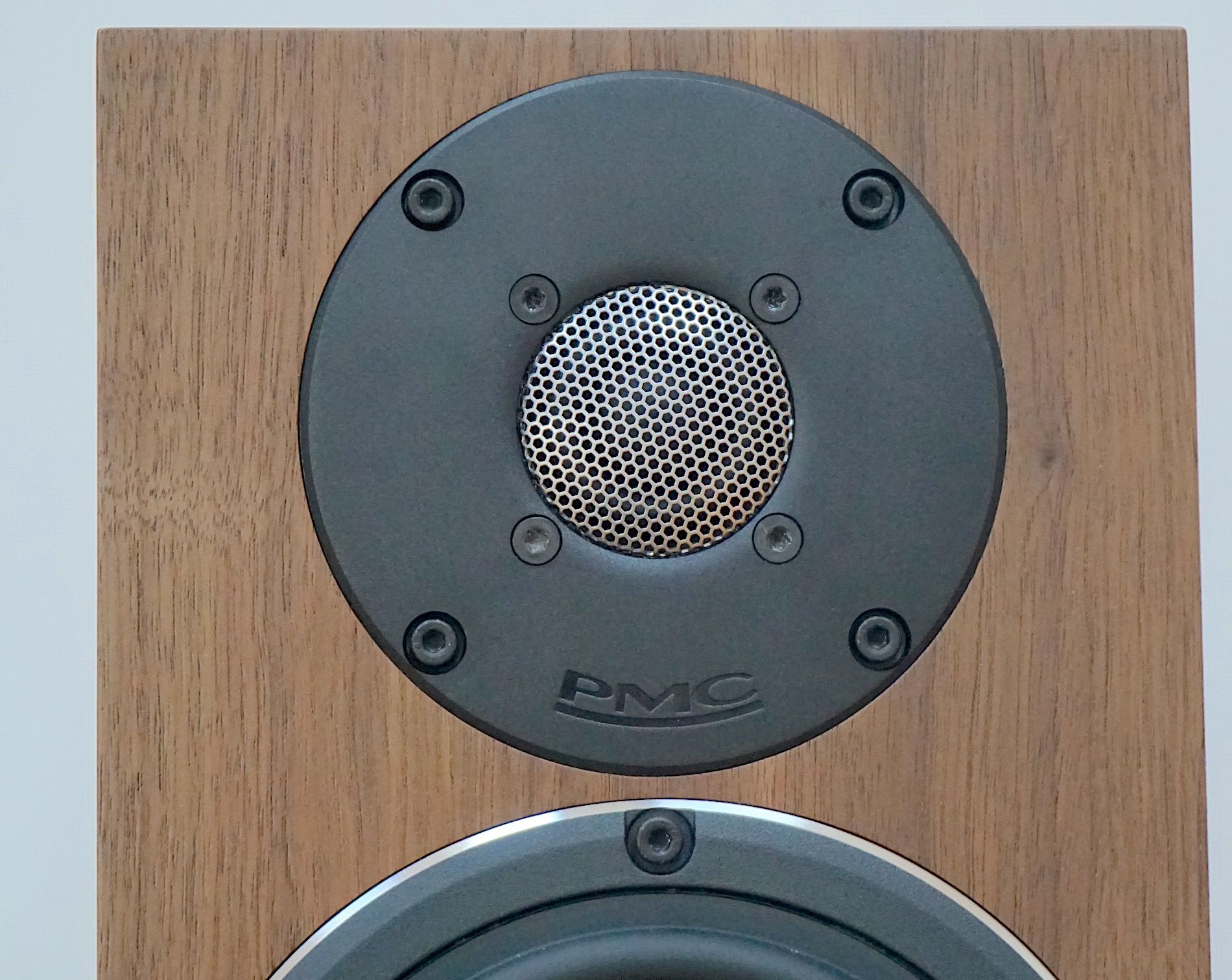
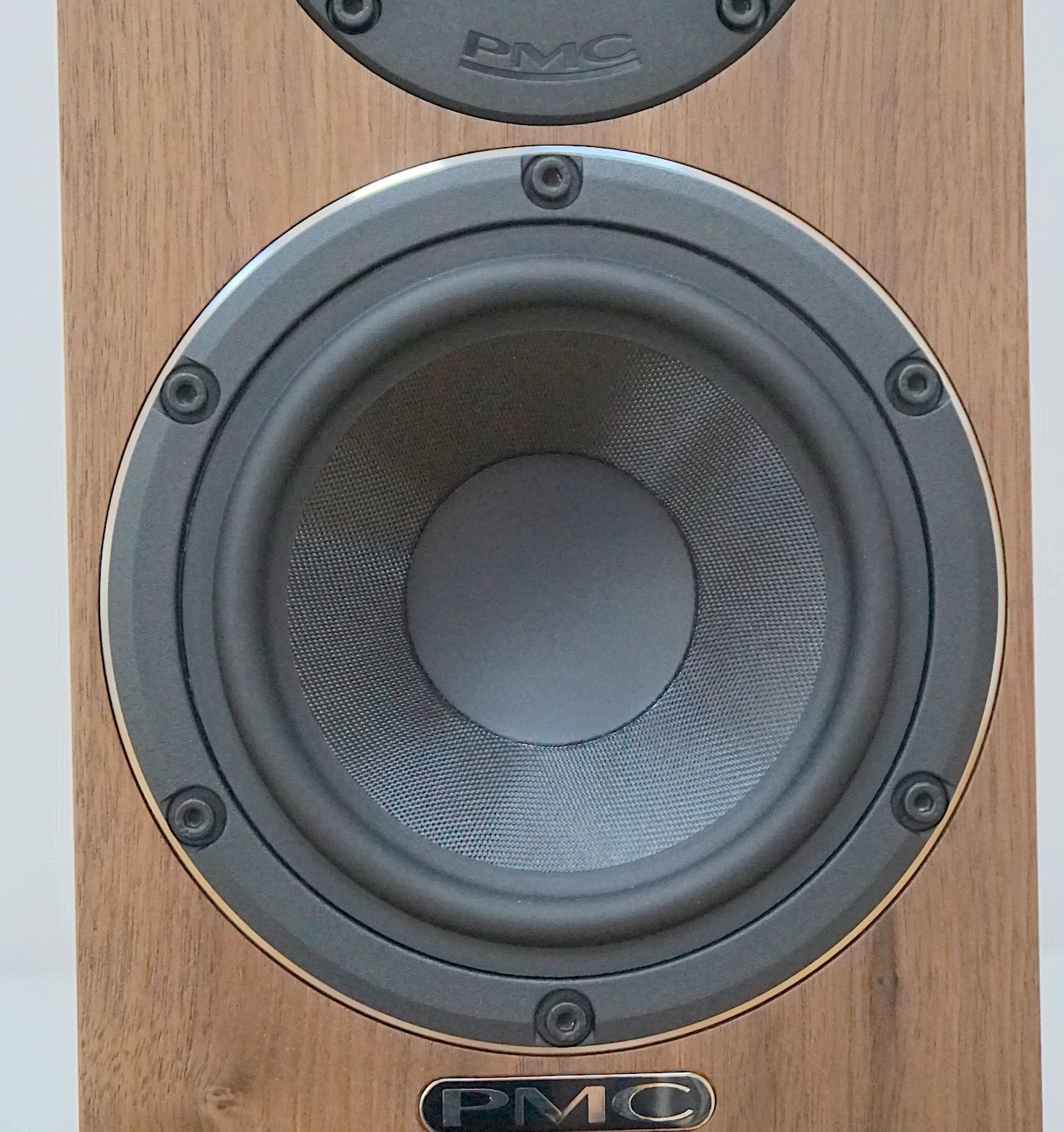
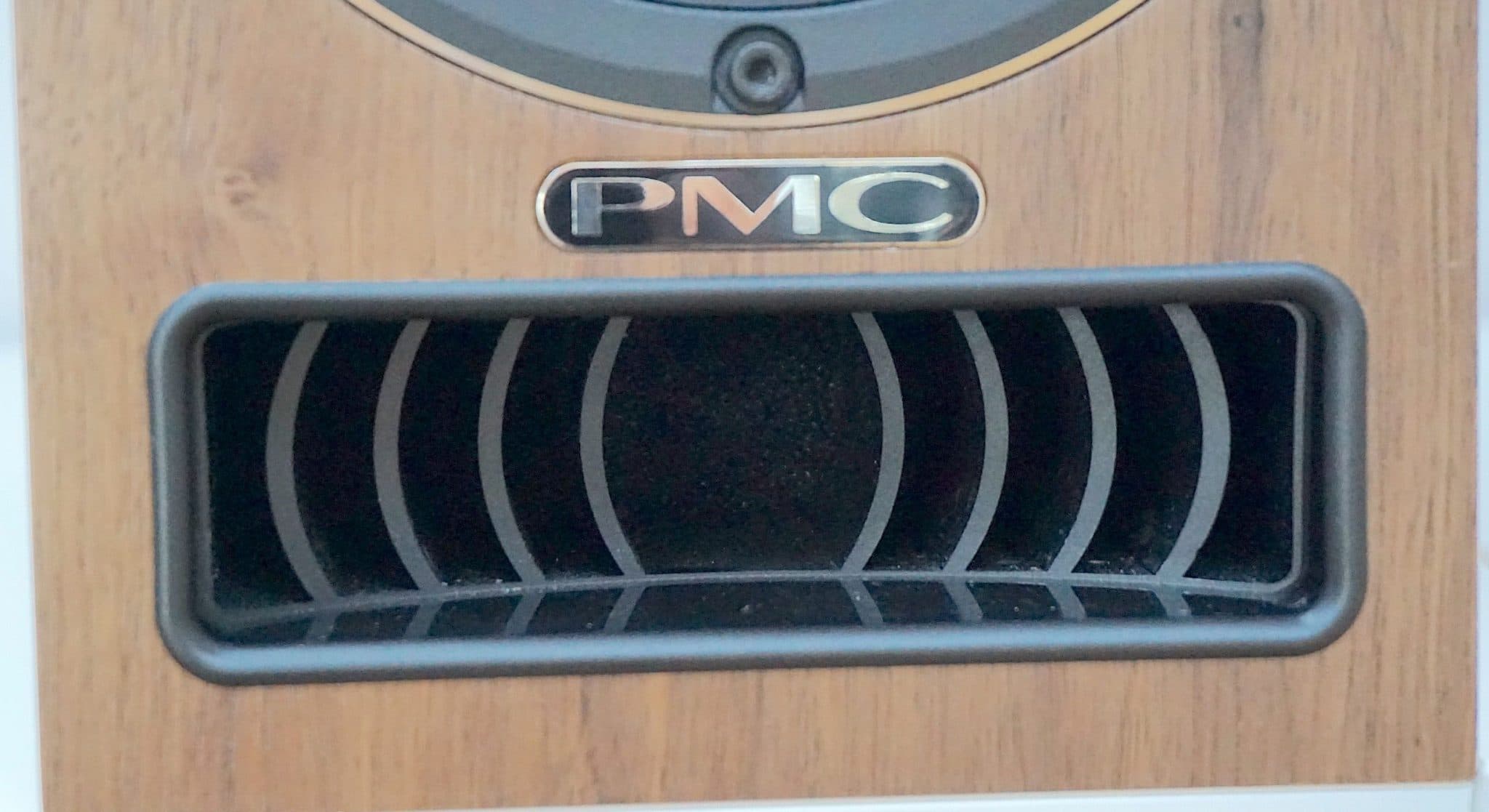
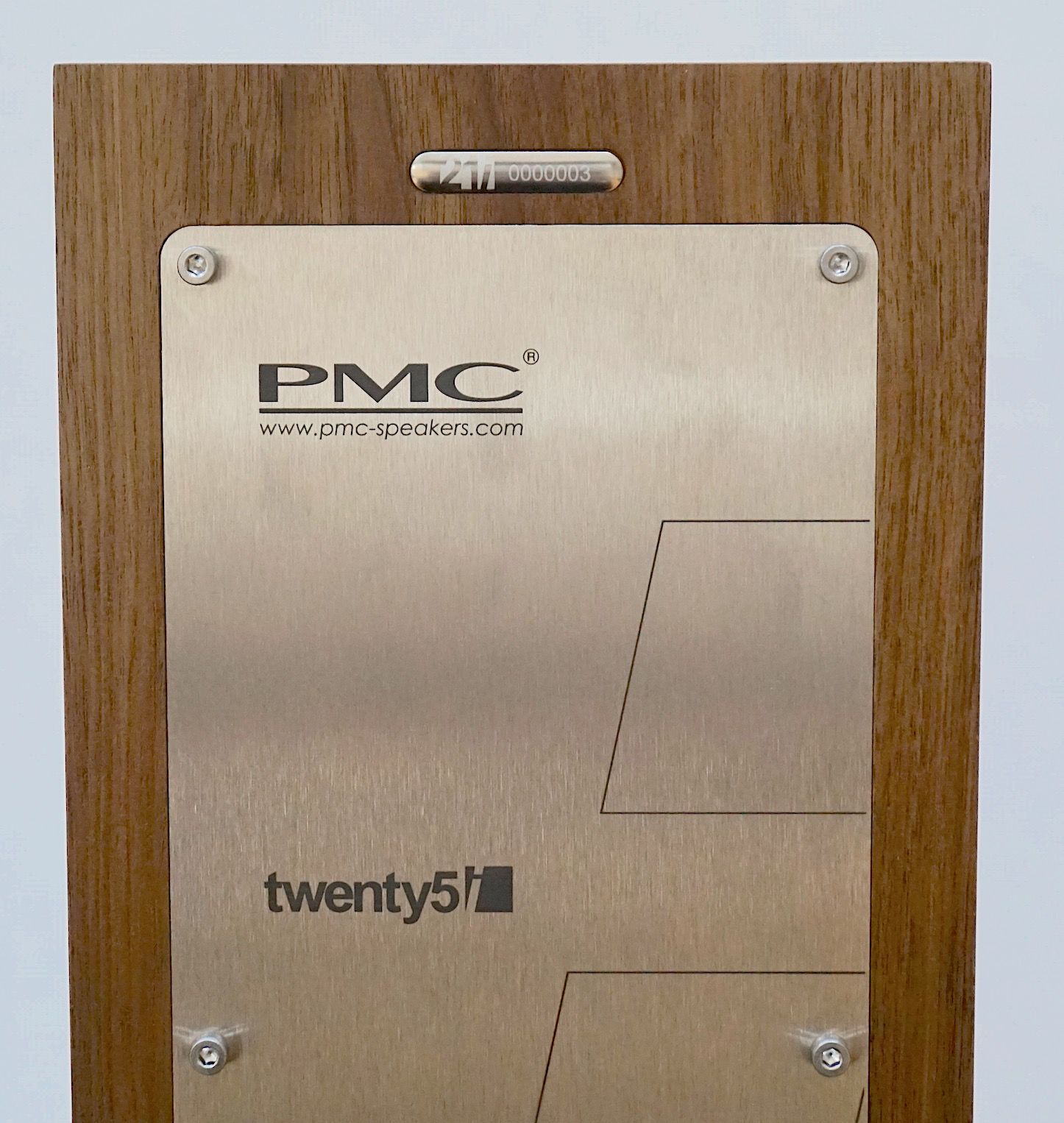
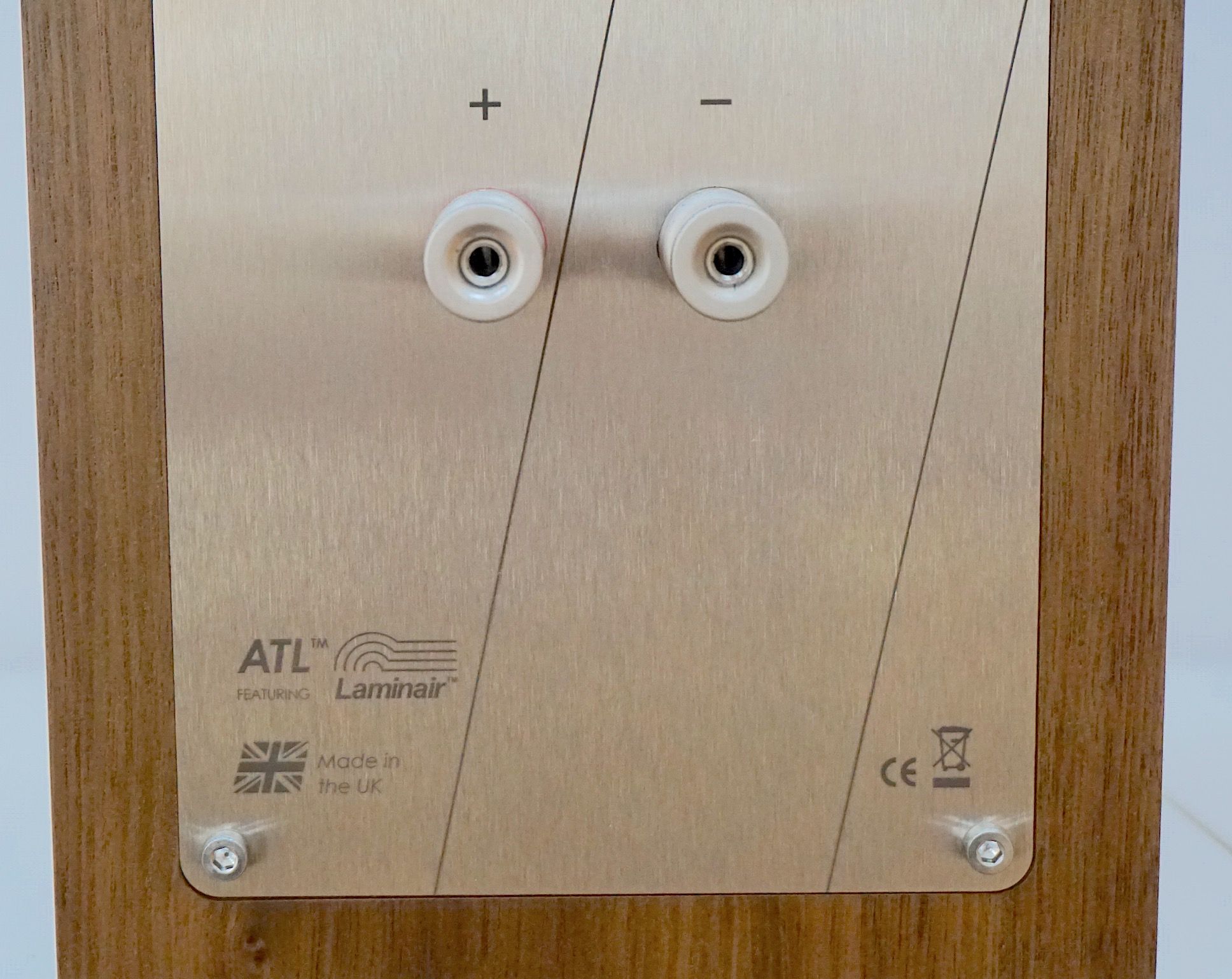
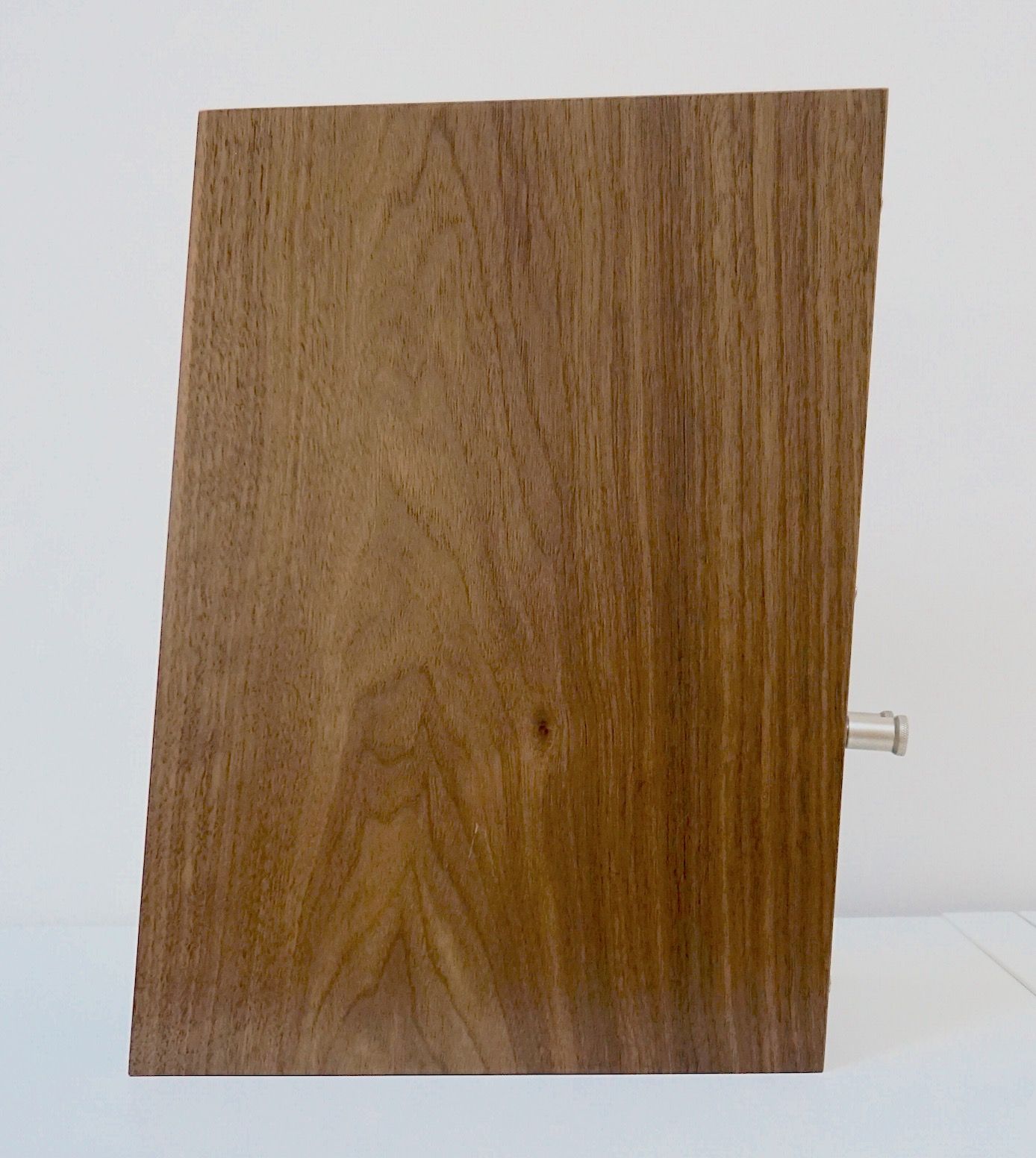
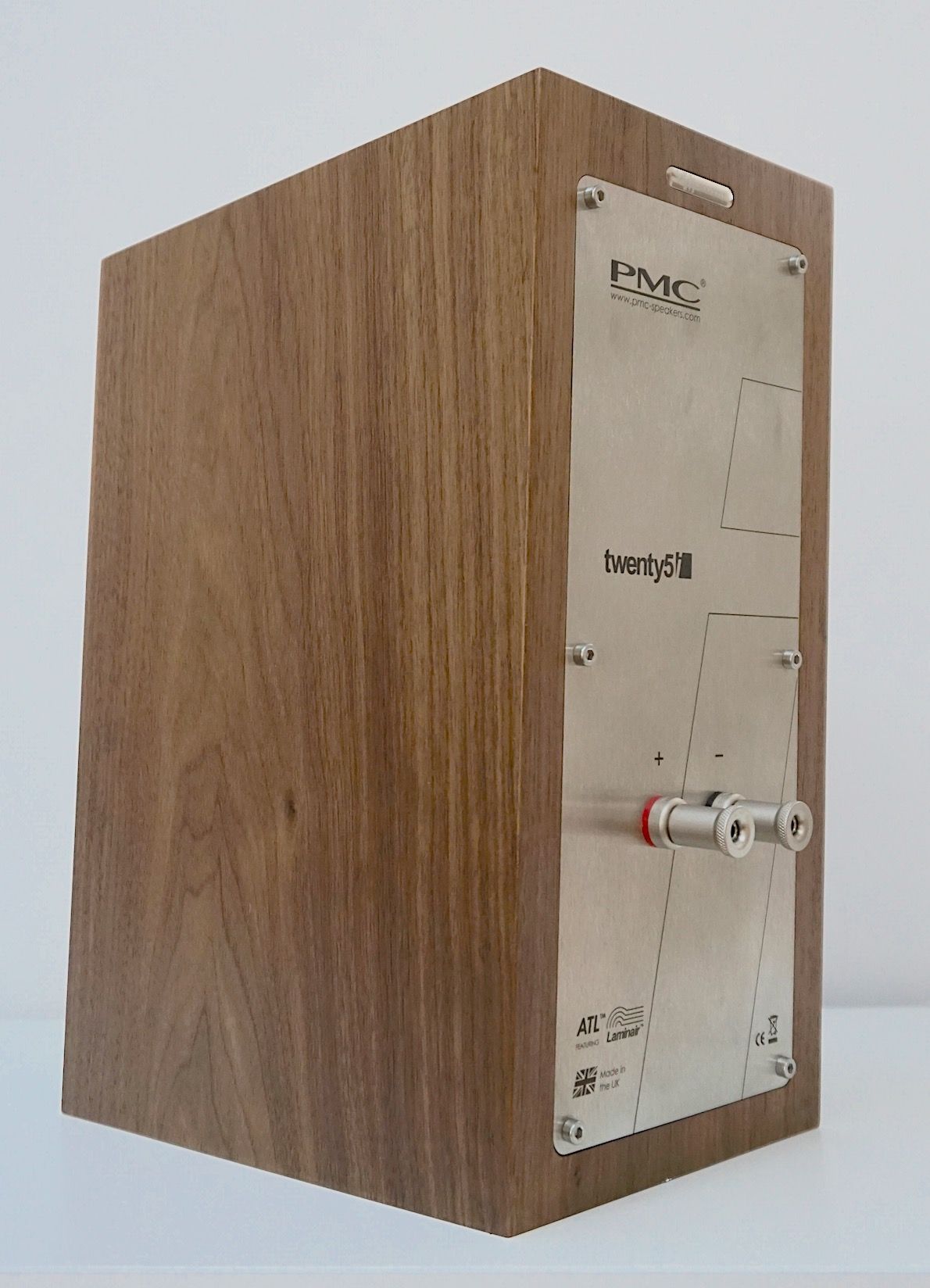
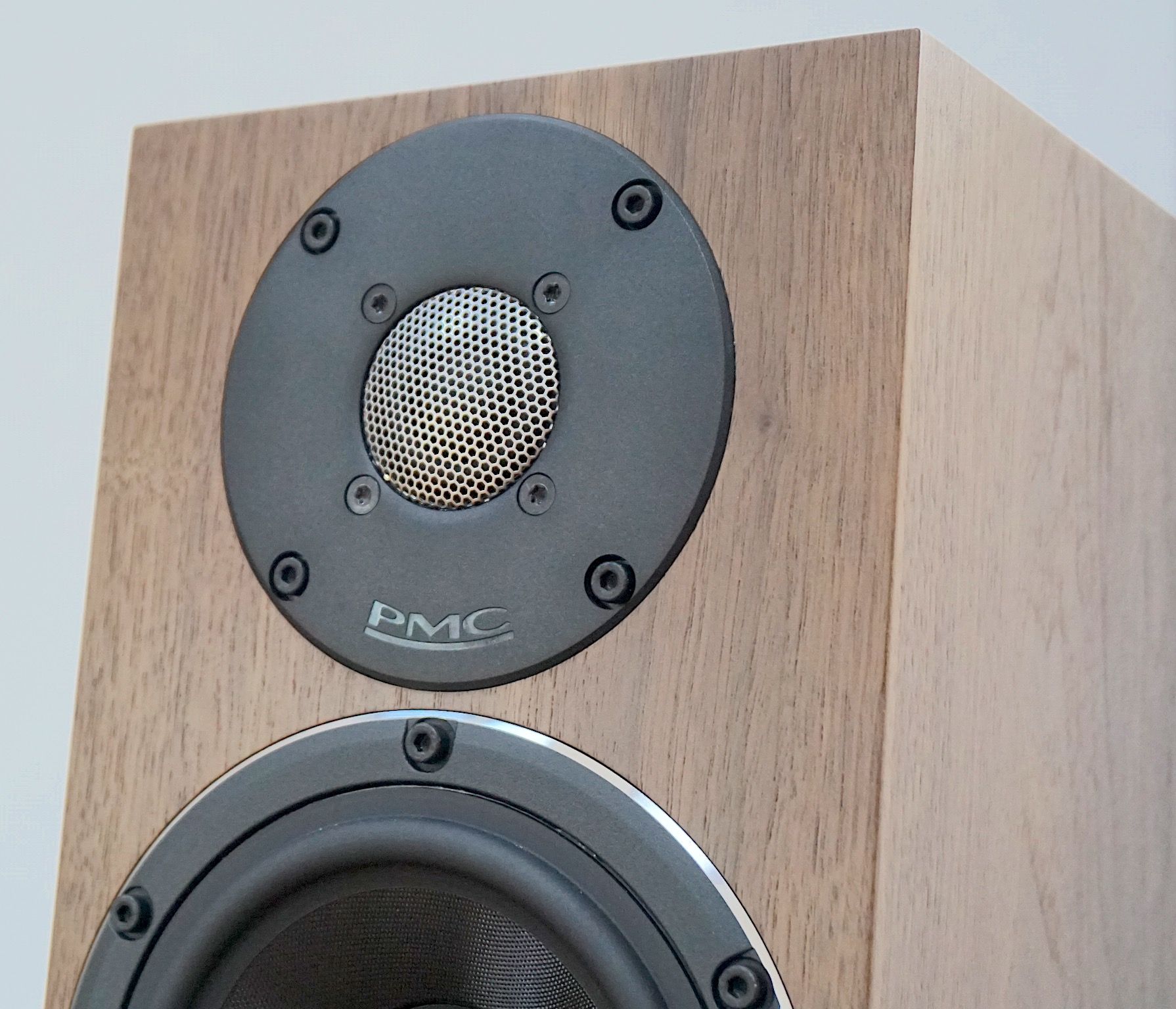
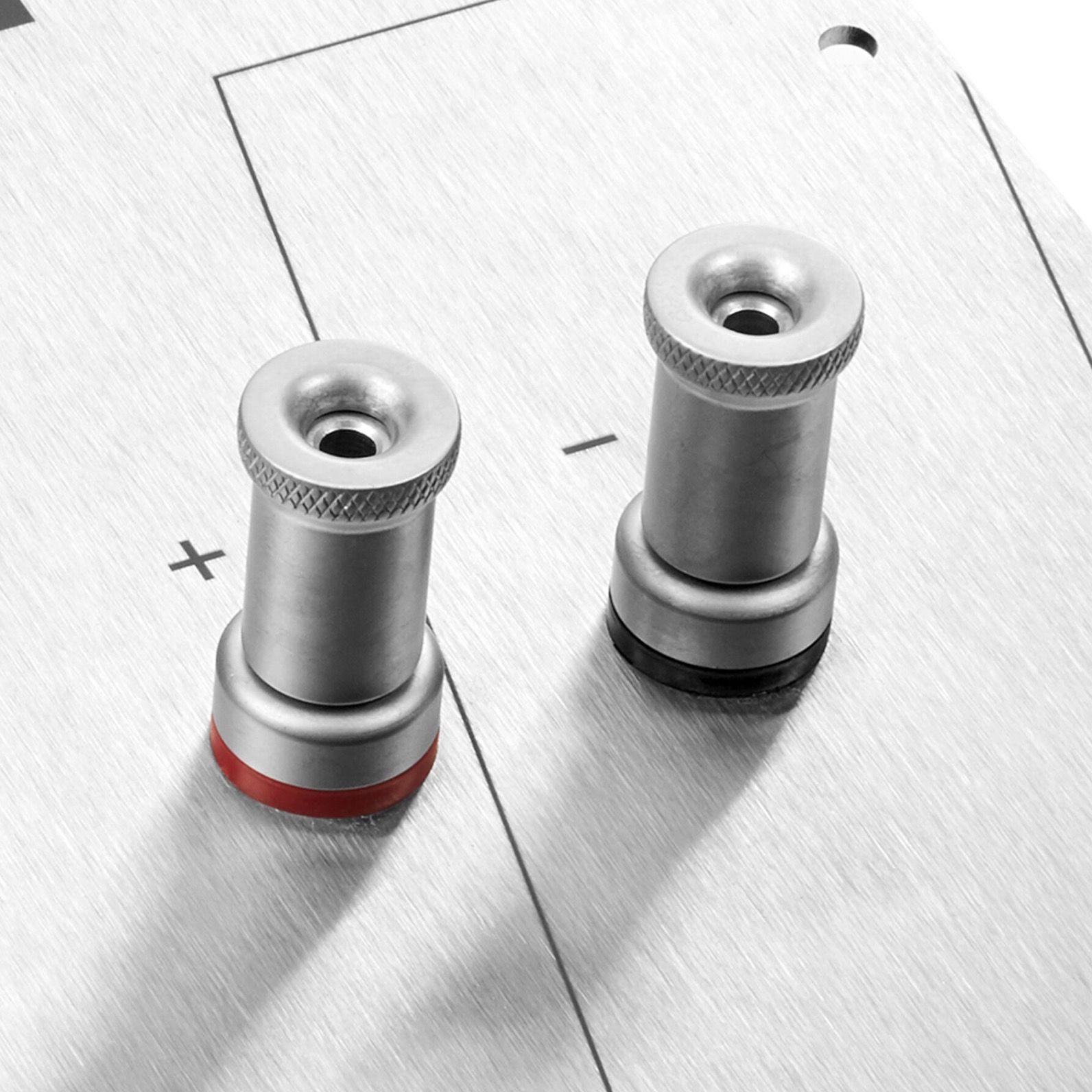
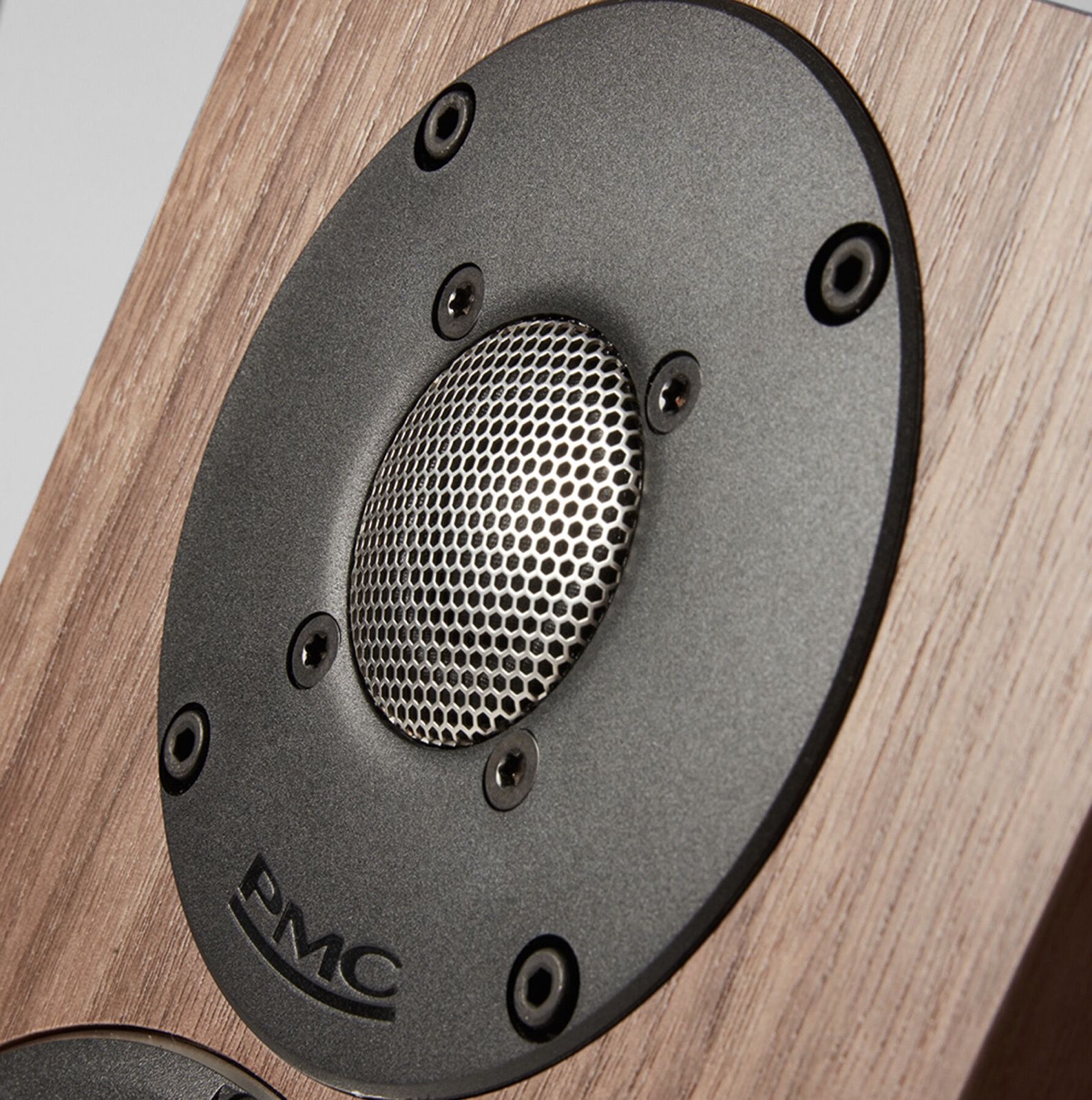

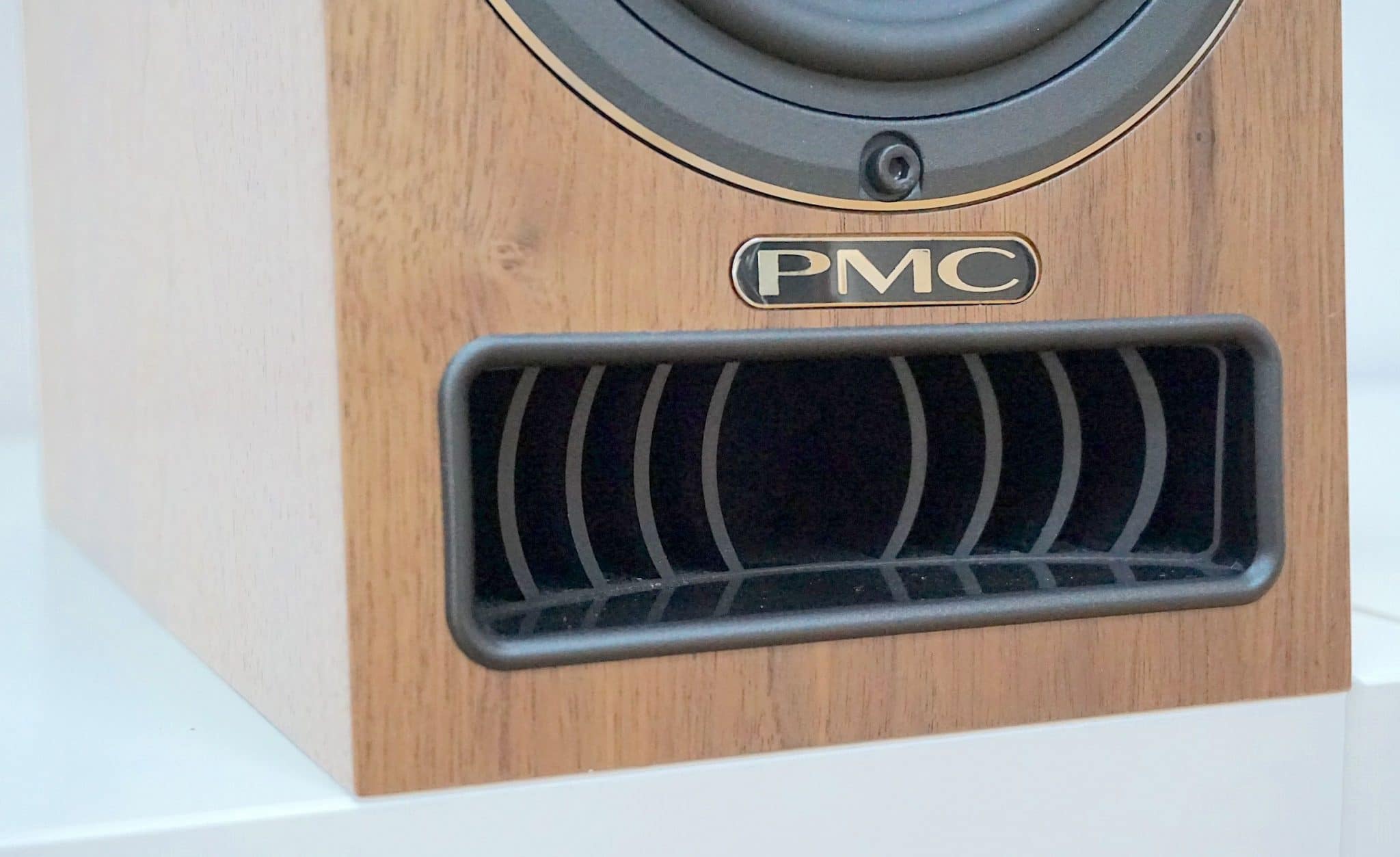
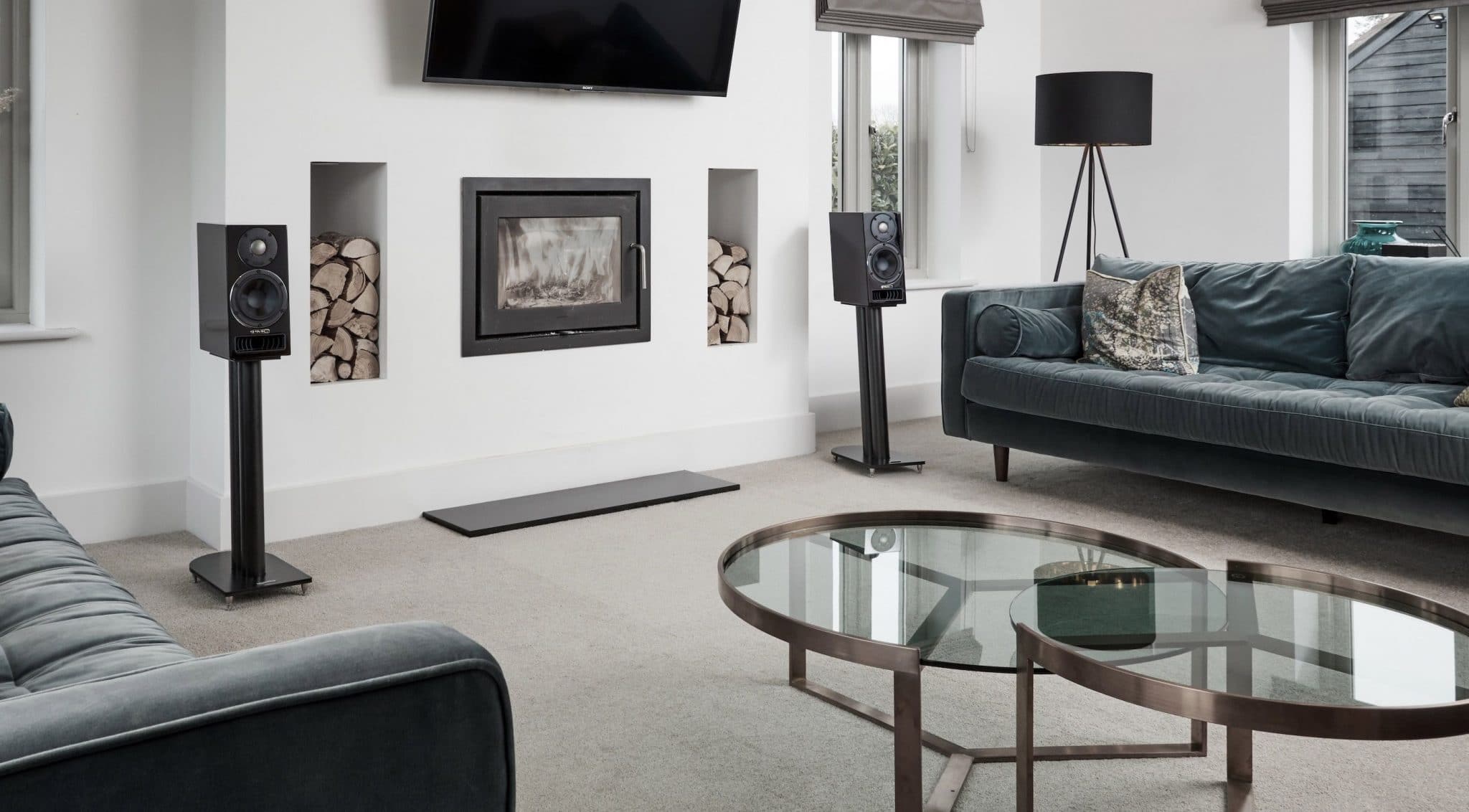
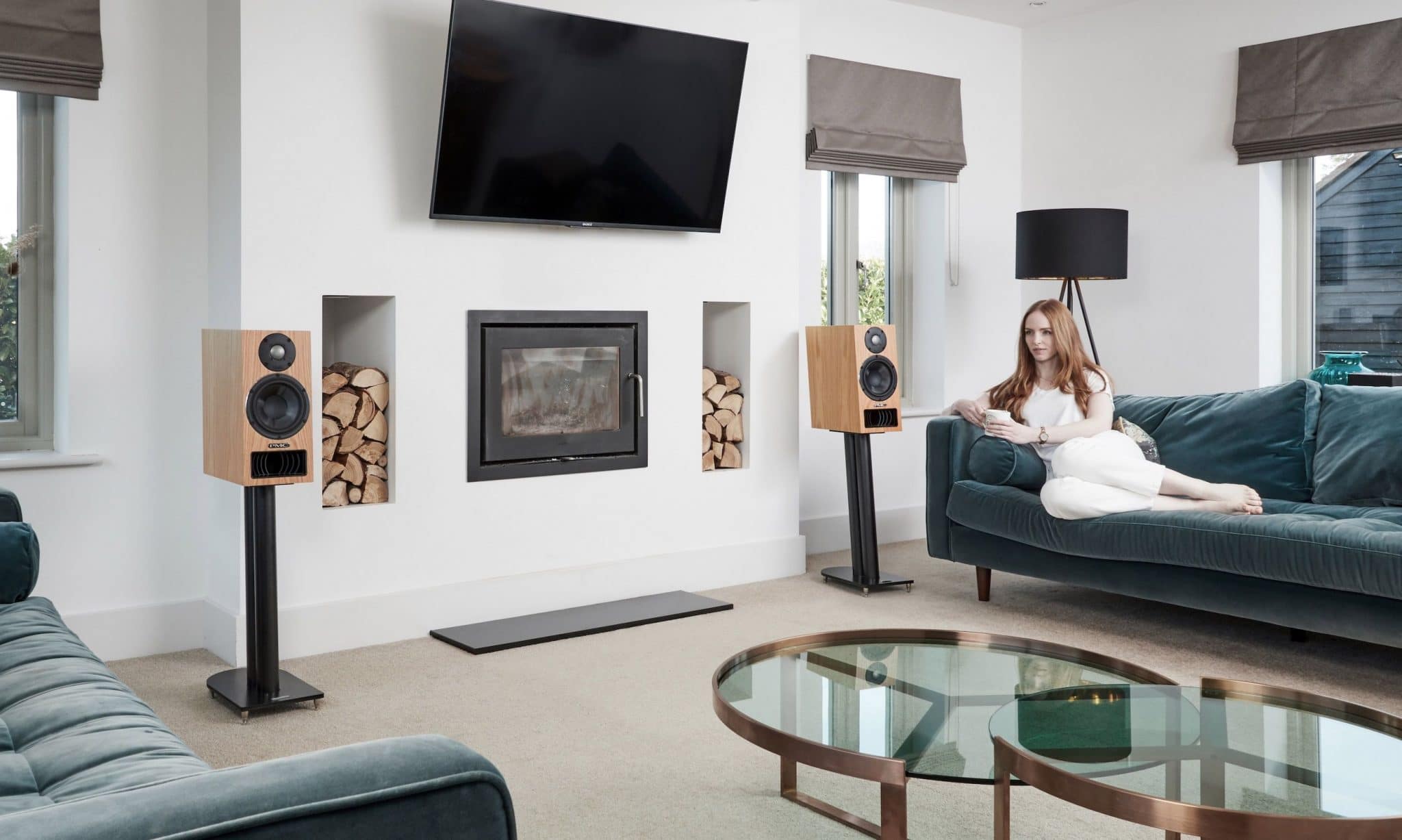

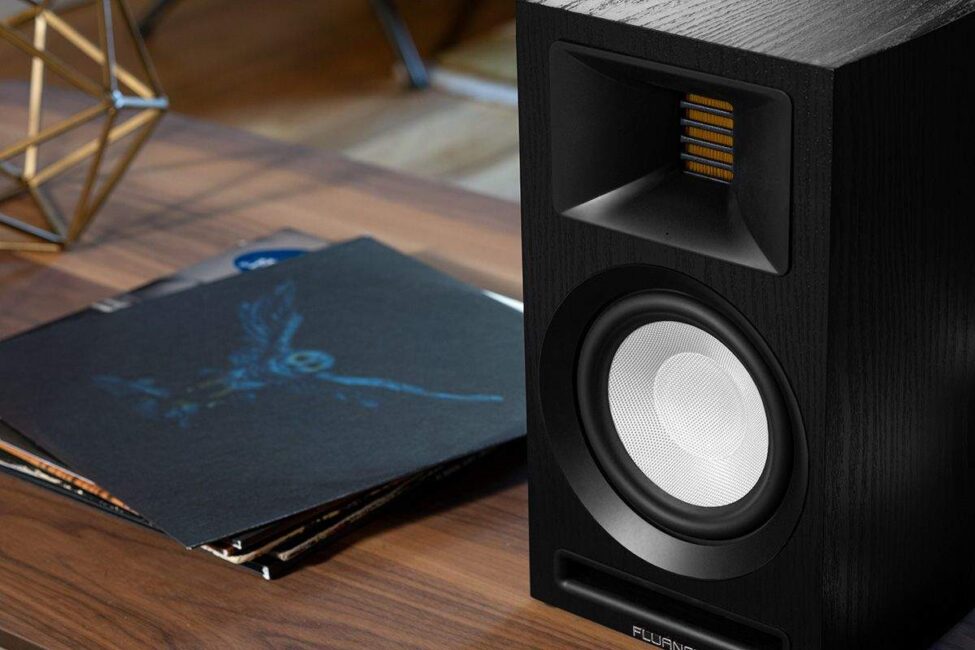

Hello Paul,
Lovely review as always. Could you perhaps tell us a bit more about the bass?
Best regards
Geoff
Thanks Geoff! Bass is not excessive and remains well positioned. It doesn’t dominate. Which helps the speakers to retain that balance I mentioned. It does provide a nicely organic response though and is quite impressive in that respect, especially from a relatively small cabinet like this.
I remember when everything was dubbed ‘turbo’. Perhaps ‘military grade’ is the next illogical step from the minds of marketeers?
You could be right there 🙂
Really enjoyed this review Paul. I agree that PMC’s are not an everyman or ‘all rounder’ type of speaker. They tend to grow on you as you listen longer though. Small niggle, I think the New Order song is called Regret not Respect. Cheers.
Thanks for the correction, Mike. Sorted. And thanks for your kind words.
Hello. Would these be a good match for a Naim Supernait 3? Thanks
Technically, it should be fine.
Hi,Paul. Great review.
I know this comes 4 years late, but I am seriously thinking about updating my Mission ZX2’s to The 21i’s.
However, my listening space is only 13 by 11 ft. Would they be a good fit?
My rig comprises:
Mytek B.B MK1
Sonic transporter for Roon
Gold note PA10 x2
audio lab 6000 CDT
Looking forward to your reply.
Kind regards
Yes, I think they should work for you, Allan.